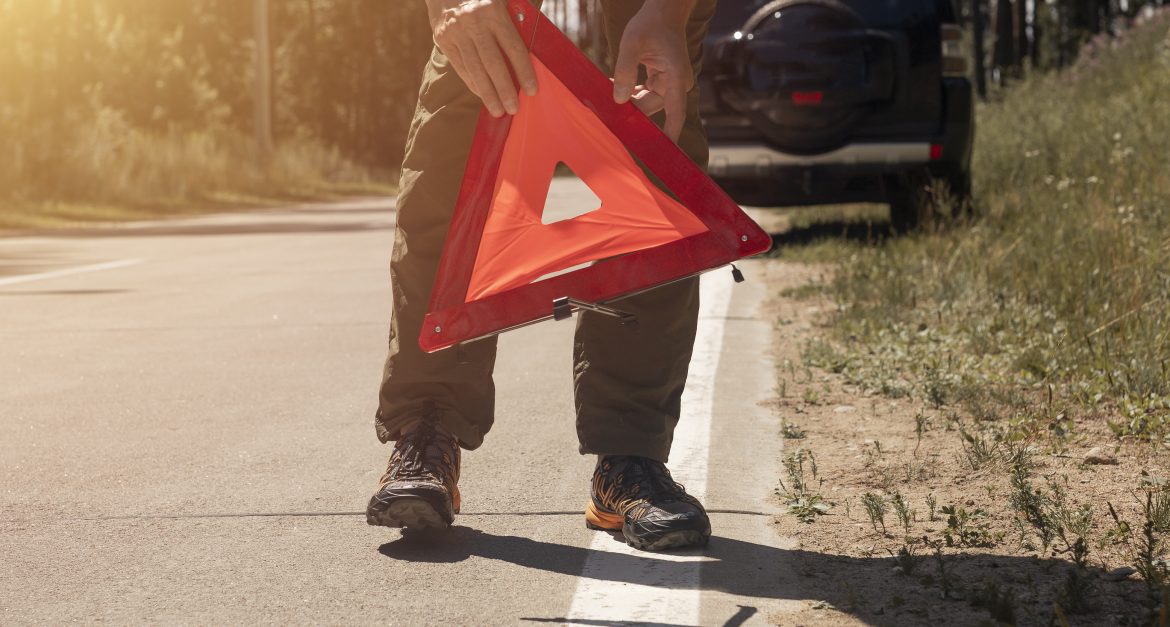
 09 July 2023
09 July 2023
Like many cities throughout the country, Atlanta has high levels of traffic on its roads and highways. Many of the vehicles are large and heavy trucks and buses. This usually means that an accident involving one of these vehicles involves serious or life-threatening injuries.
This is a known problem, and government agencies are taking steps to make the roads and highways safer. Recently, the National Traffic Safety Administration announced that heavy trucks and buses will be required to install automatic braking equipment within the next 5 years.
Approximately a month earlier, a similar rule was announced for all new light trucks and passenger vehicles.
What automatic braking equipment can do?
This automatic braking equipment is designed to handle tasks that were previously done by the tuck drivers themselves. The new automatic braking equipment has the potential to prevent or reduce several different types of accidents, such as rear-end accidents and rollover accidents.
Although changes like this have been considered in the past, today’s technology changes at such a fast pace that there were concerns that the technology involved in the emergency braking systems would be outdated by the time they were installed.
These automatic emergency brake systems, known as “AEB” systems, can detect when the truck is about to trash through cameras and sensors. The system then automatically applies the brakes if the truck driver has not.
The rule is expected to become final next year and applies to trucks and buses that weigh at least 10,000 pounds. The deadline for installing the systems depends on a truck or bus’s exact weight.


How the new rule can make the roads safer
The goal of this new rule is to reduce serious and fatal truck accidents. An estimate shows that the systems could prevent approximately 19,000 accidents, 9,000 injuries and save 155 lives each year.
Overall, highway safety groups and the trucking industry are supportive of these new rules, although there have been previous issues with the systems in the past. At times, the systems have applied the brakes for no reason. Investigations into these incidents are underway.
While rules like this can go a long way towards making our highways safer, they do not relieve truck drivers or trucking companies from their duty of care to other drivers on the road.
The aftermath of a truck accident
As illustrated, even new technology designed to improve road safety can sometimes fail. When you are injured in an accident involving a large truck, you may sustain major injuries that take a long time to heal.
Your injuries might cause you to be out of work, losing out on wages, while you struggle with pain and suffering during your recovery.
You could recover compensation through a personal injury lawsuit, but that requires proving negligence. This means showing the truck driver or trucking company failed in the duty of care and that failure caused your accident and damages.
This is quite a bit to deal with while you are recovering from an accident. That’s why there are professionals who are equipped to take care of this for you, while you focus on healing.



